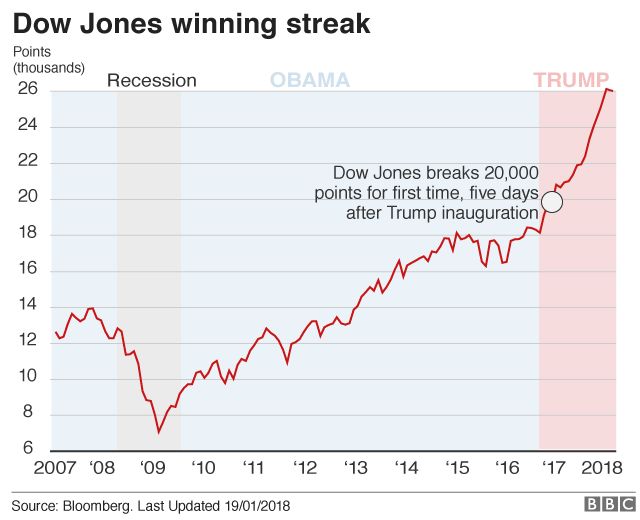| Introduction |
| Welcome to our deep dive into the current state of the USA economy! In today’s fast-moving economic environment, staying updated on the latest news and trends is crucial. This article breaks down the key aspects of the current economic landscape, including growth trends, sector-specific updates, government policies, and global influences. Let’s unravel what’s happening and how it might impact you. |
| Current Economic Overview |
| GDP Growth Trends |
| The USA economy has shown a mixed bag of growth patterns recently. GDP growth, a critical indicator of economic health, has fluctuated due to various factors such as changes in consumer behavior and external economic pressures. After a robust recovery phase, recent data suggest a cooling trend, influenced by higher interest rates and global economic uncertainties. The latest figures indicate a modest growth rate, signaling a period of stabilization. |
| Unemployment Rates |
| Unemployment rates are another crucial metric. Currently, the US job market remains relatively strong, with the unemployment rate holding steady at around 3.6%. This reflects a healthy job market, with employers continuing to hire despite some arizonaupdate.com headwinds. However, specific sectors are experiencing differing impacts, with some areas seeing tighter labor markets than others. |
| Inflation and Consumer Prices |
| Inflation, a key concern for many, has been a significant topic. After peaking last year, inflation rates have moderated but remain above historical averages. Consumer prices are rising, particularly in sectors like food and energy. The Federal Reserve’s actions to curb inflation by adjusting interest rates have had mixed results, with some relief on prices but also impacting consumer spending power. |
| Sector-Specific Updates |
| Technology Sector |
| The technology sector continues to be a powerhouse, driving innovation and economic growth. However, it’s not without its challenges. Supply chain disruptions and geopolitical tensions are affecting tech giants. Despite this, investments in areas like artificial intelligence and green technology remain strong, suggesting a promising outlook for tech. |
| Healthcare Sector |
| The healthcare sector is experiencing significant shifts due to policy changes and demographic trends. With an aging population and increased focus on health tech, the sector is growing. However, rising costs and regulatory changes are creating pressures. Investments in telemedicine and biotechnology are areas to watch closely. |
| Retail and Consumer Goods |
| Impact of Supply Chain Issues |
| Retail and consumer goods are heavily influenced by supply chain issues. Ongoing disruptions have led to higher prices and limited availability of some products. Retailers are adjusting by diversifying supply sources and investing in logistics improvements to better manage these challenges. Despite these issues, consumer spending remains robust, though shifts in spending patterns are evident. |
| Government Policies and Actions |
| Monetary Policy Changes |
| The Federal Reserve has been actively adjusting monetary policy to address inflation and economic stability. Recent rate hikes are aimed at cooling down inflation but also have implications for borrowing costs and economic growth. Keeping an eye on the Fed’s moves is essential as they directly impact everything from mortgage rates to business investments. |
| Fiscal Stimulus Measures |
| Fiscal stimulus measures continue to play a role in supporting the economy. Recent legislation includes infrastructure investments and social programs aimed at boosting economic activity and addressing inequality. While these measures provide short-term relief, their long-term impact on the economy will unfold over time. |
| Taxation and Regulation Updates |
| Taxation and regulatory changes are crucial for understanding economic dynamics. Recent updates include shifts in corporate tax rates and new regulations affecting various industries. These changes can influence business strategies and investment decisions, making it important for businesses and individuals to stay informed. |
| Global Economic Influences |
| International Trade Relations |
| Global economic influences are also significant. Trade relations, particularly with major partners like China and the EU, impact the US economy. Recent developments in trade policies and agreements can affect everything from import/export dynamics to investment flows. Keeping track of these international relations is key to understanding broader economic trends. |
| Foreign Investment Trends |
| Foreign investment continues to be a critical component of the US economy. Trends show increasing interest from international investors in various sectors, including real estate and technology. This influx of foreign capital can stimulate economic growth but also raises considerations about market volatility and policy implications. |
| Economic Forecast and Predictions |
| Short-Term Projections |
| Looking ahead, short-term economic projections suggest a period of cautious optimism. While growth may be slower compared to previous years, the economy is expected to remain resilient. Key factors include consumer spending, investment trends, and ongoing adjustments to monetary and fiscal policies. |
| Long-Term Trends |
| In the long term, structural changes in the economy, such as technological advancements and demographic shifts, will shape future growth. Innovations in green technology, changes in workforce dynamics, and evolving global trade patterns are likely to influence long-term economic trends. Staying informed about these factors will help in anticipating future economic conditions. |
| Conclusion |
| To wrap it up, the USA economy is navigating a complex landscape with various influencing factors. From sector-specific updates to global economic trends, understanding these elements helps in making informed decisions. As we continue to monitor these developments, staying updated will be crucial for both businesses and individuals. Keep an eye on the latest news to stay ahead in this ever-evolving economic environment. |


